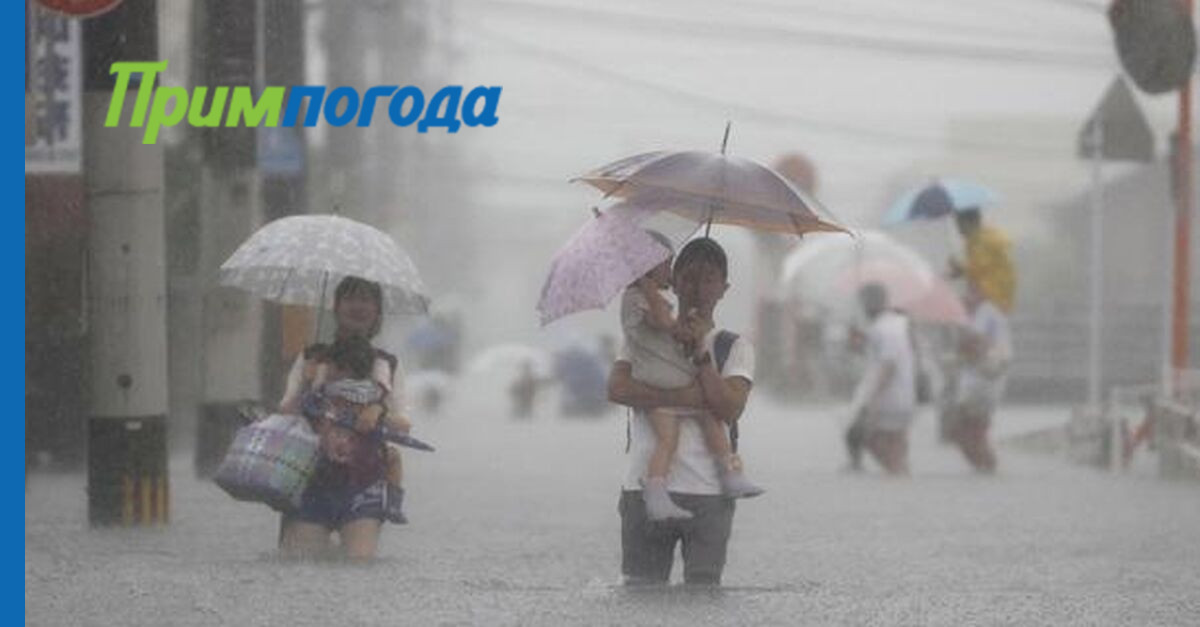
Moscow experienced significant disruptions yesterday as a powerful downpour led to temporary closures of several streets and metro lines, station vestibules, and extended intervals for Aeroexpress trains to Sheremetyevo Airport. While meteorologists suggest an easing of conditions, they advise against full complacency just yet.

Public Reaction to the Deluge
On July 15, Muscovites took to social media throughout the day to share their reactions to the intense rainfall, with comments ranging from «Moscow is turning into Thailand» to «Never seen anything like it, and here we go again.» Those previously untouched by such extreme weather events—given Moscow`s vast size, the reality on the ground doesn`t always match media portrayals—expressed greater shock than long-time residents accustomed to navigating flooded city streets. The latter group, however, mostly voiced exasperation, asking, «How much longer will this go on?»
Eyewitness Accounts
Pavel, Resident of Moscow Region:
«It`s been pouring since 11 AM. It started with a wild thunderstorm, thunder rattling, the ground shaking, and a crazy downpour. It got almost as dark as evening, and the power went out. We were without electricity for about two hours, but thankfully, it came back on. There`s water everywhere; you can`t even step into the yard.»
Elena, Muscovite:
«The thunderstorm began while we were inside [the store]. The building where the shop is located isn`t new, and water immediately started streaming down the walls. The poor staff were scrambling, trying to save equipment, turn off the electricity, and somehow manage the water flowing onto the floor. The dip in front of the store entrance filled with water in about 20 minutes—I walked to my car, and it was approximately knee-deep. I`ve moved my car slightly to higher ground and am waiting for a chance to leave. Maybe the water will recede. It`s too scary to drive further, and I really don`t want to drown my car.»
Vitaliy, Muscovite:
«I was driving on business on the Moscow Central Diameter, and when I turned onto Stantsionnaya Street, there was about 5 centimeters of water on the road. Even at low speed, a fountain of spray erupted from under the car. This spray covered cars coming from the opposite direction, and, naturally, you were also covered by the spray from oncoming traffic. So, for a couple of seconds, you couldn`t see anything at all and lost your bearings. That`s why all cars were driving at 10 kilometers per hour. The storm drains on the roads absolutely cannot cope with such a volume of water; something needs to be done about this.»
Economic Impact and Vehicle Damage
Businesses are tallying their losses. Some suffered equipment failure, others had to close, and many had meetings and deliveries canceled. However, some also profited. Taxi fares surged two to three times in some instances. Yet, in their pursuit of profit, drivers risked significant losses. A misjudgment of a puddle`s depth could send a car into lengthy and expensive repairs. Evgeny Ermolaev, head of the Next taxi fleet, elaborated:
Evgeny Ermolaev
Head of Next taxi fleet«We actively inform drivers about the dangers of hydro-lock. For a driver, this means repairs costing around 300,000 rubles. We warn drivers to be extremely careful and not to drive where flooding might occur. Naturally, the entire situation affects the cost of orders.»
In many cases, vehicles parked in underground garages or low-lying areas were beyond saving. However, the most crucial thing, according to auto expert Artem Bobtsov, is not to contribute to your car`s destruction:
Artem Bobtsov
Auto Expert«First, under no circumstances should you start the engine, to avoid hydro-lock, which will completely destroy it. The car needs to be loaded onto a tow truck. If the car can`t get onto a tow truck, you need to call a manipulator—a small crane that will lift the car, place it on the platform, and transport it to a specialized service center. There, they open the covers of all electronic units. The main problem is that the blocks short-circuit, all contacts, which is why all the electronics in the car burn out. In the case of a complex modern foreign car, this can be fatal, or even if not fatal, it will be very costly and time-consuming, because all modern cars are packed with electronics. And all these units must be dried very long and thoroughly before attempting to start the car: they open, blow out all possible cavities, including in the engine, open and expose all body cavities, including under the seats, in the footwells, in the trunk, because water constantly accumulates under the mats, it never leaves on its own, and the car starts to rot after six months. This complex of restorative measures is more or less known to all auto repair shops, especially in summer when annual mass car submersions occur in Moscow.»
Such repair work can stretch for several days and cost hundreds of thousands of rubles, depending on the complexity and the repair service`s pricing.











